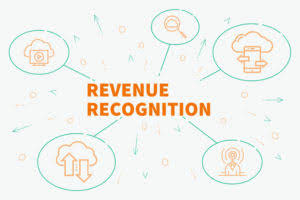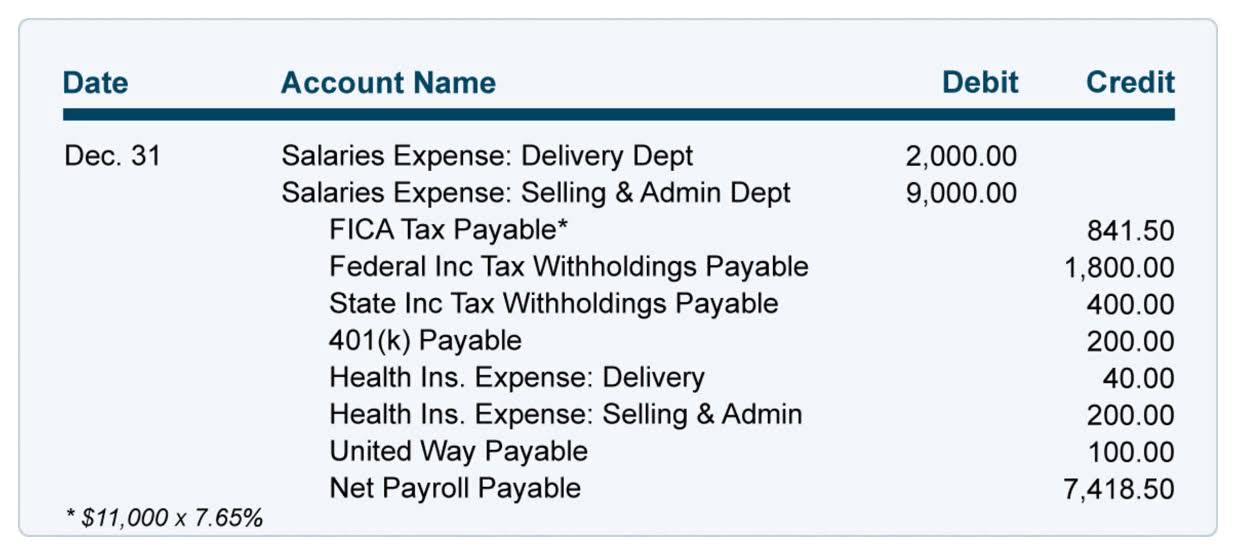
Understanding the basics of outstanding shares is critical for investors and startups alike. Startups should carefully consider their total outstanding share count and the potential impact it has on their financial metrics and market valuation. As a real-world example, here is some information from Johnson & Johnson’s (JNJ 3.04%) 2014 year-end balance sheet. The company has 4.32 billion authorized common shares, of which 3,119,843,000 have been issued as of December 31, 2014. The number of outstanding shares may change due to changes in the number of issued shares, as well as the change in treasury shares.
Can a Company Change Its Authorized Shares?

Outstanding shares are those owned by stockholders, company officials, and investors in the public domain, including retail investors, institutional investors, and insiders. Stock buybacks reduce the number of shares outstanding, as the company repurchases its shares from the market. This reduction generally increases earnings per Bookkeeping for Etsy Sellers share (EPS) and can signal management’s confidence in the company’s value, potentially boosting share price. Issued shares and outstanding shares are related but distinct concepts in corporate finance. Issued shares represent the total number of shares a company has ever created or sold, including those held by investors, the company itself, or reserved for future issuance. Outstanding shares represent the number of a company’s shares that are traded on the secondary market and, therefore, are available to investors.
- While shares outstanding account for company stock that includes restricted shares and blocks of institutional shares, floating stock specifically refers to shares that are available for trading.
- The weighted average shares outstanding figure smooths out this variance, by simply averaging the share count across the reporting period.
- According to an amendment filed on Aug. 3, 2020, Apple indicated that it is “authorized to issue one class of shares.” These shares fall under the category of its common stock.
- Stock splits are often initiated to lower the share price, making it more accessible to retail investors and enhancing market liquidity.
- The two forms of shares outstanding—basic and diluted—are used to calculate market capitalization and earnings per share (EPS).
Issued vs. Outstanding Shares

The reason for that is that most public companies have instruments that provide for shares to be issued in the future. These instruments include stock options, stock warrants, and convertible debt. For many companies, however, even those executing buybacks, the number of outstanding shares total number of shares outstanding and the number of issued shares is the same. Those companies buy back and retire shares, instead of holding them in the treasury. In this way, the number of both issued and outstanding shares is reduced.

Outstanding Shares Definition and How to Locate the Number
- Outstanding shares represent the portion of a company’s issued shares that are actively held by investors and available for trading.
- For investors, the number of shares affects their percentage of ownership, voting rights, and share of the company’s profits (if dividends are paid).
- Outstanding shares can also be used to calculate some key financial metrics, including a company’s market cap and its earnings per share.
- The fully diluted number of shares indicates how many outstanding shares there could potentially be if all existing equity instruments were converted into common stock.
- Conversely, the outstanding number of shares will decrease if the company buys back some of its issued shares through a share repurchase program.
- For example, when shares outstanding are going up, the ownership stake of shareholders is diluted.
Post-split, the number of shares outstanding will increase to 6 million shares, while the share price adjusts to $50 per share. A stock split is an action taken by a company to divide its existing shares into multiple shares. Although the number of shares outstanding increases, the total dollar value of the shares remains the same compared to pre-split amounts, because the split does not add any real value.
How Outstanding Shares Work
- It represents the total number of shares that your startup is authorized to issue throughout its existence.
- It can also imply a certain level of risk depending on the reasoning for issuing more shares.
- For most companies, the number of authorized shares well exceeds the shares outstanding.
- Outstanding shares also impact key financial metrics, such as earnings per share (EPS) and dividends per share (DPS).
- For example, a company issuing more shares might have financial problems.
- But for mature companies with relatively little movement in share count (either basic or diluted), quarterly and annual data from public sources should easily suffice for solid fundamental analysis.
- This refers to a company’s shares that are freely bought and sold by the public without restrictions.
The float and shares outstanding increase and the number of treasury stocks decreases every time one of these instruments is activated. Market capitalization and shares outstanding are closely related but serve different purposes in evaluating a company’s value. Benefits of buybacks include Certified Public Accountant boosting earnings per share (EPS) as the same profit is distributed across fewer shares, potentially leading to higher stock prices. Additionally, buybacks can increase ownership stake for existing investors without additional financial input. However, one drawback is the potential perception of limited growth opportunities, and it may also deplete the company’s available cash reserves. Investors should be aware of any outstanding warrants, as their conversion can alter the advantages of buybacks by increasing diluted shares.
- Here, the balance sheet reports 8,019 million shares issued and 3,901 million treasury shares, as of September 30, 2022.
- Generally, you won’t need to calculate this number yourself and it will be listed for you on a company’s 10-Q or 10-K filing.
- These shares are not available to the public so you should subtract them from issued shares.
- A company considers the total amount of shares it has authorized to issue and has issued to shareholders, including both outstanding and treasury shares, as issued shares.
- In financial analysis, understanding the shares outstanding is fundamental to gauging a company’s market value and shareholder equity.
- Consider talking to a financial advisor if you need help with your portfolio.
- Authorized shares are shares of stock that can be issued by companies to investors.
Because companies vary in size, market cap values are divided into categories to help simplify company valuation. Treasury shares are the portion of shares that a company keeps in its own treasury. These shares are not considered outstanding because they are not held by public or institutional investors.




اخر التعليقات